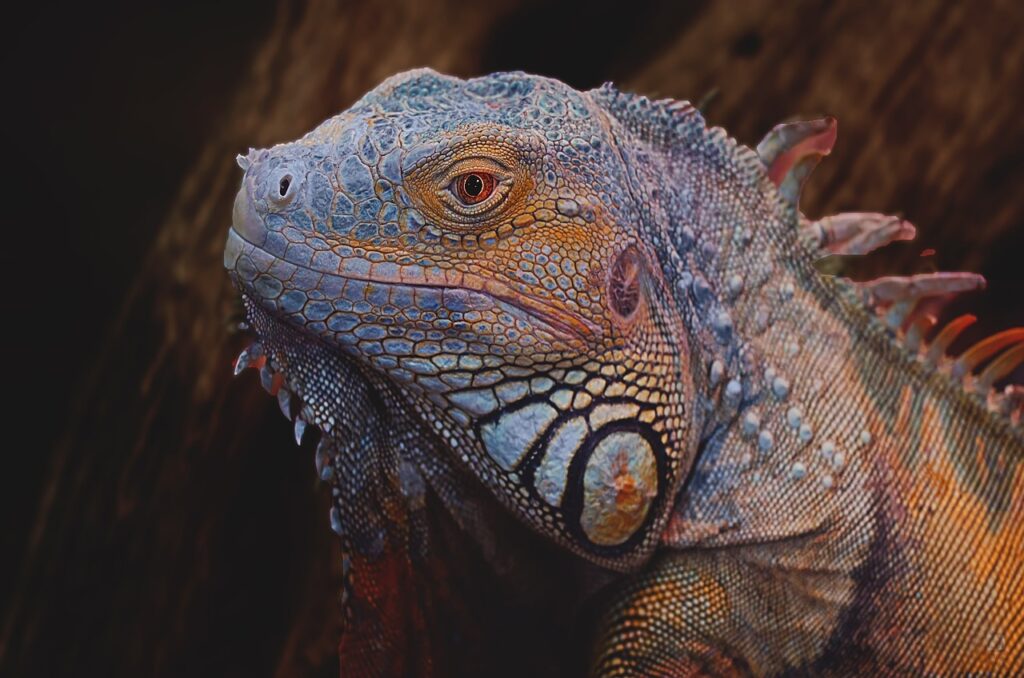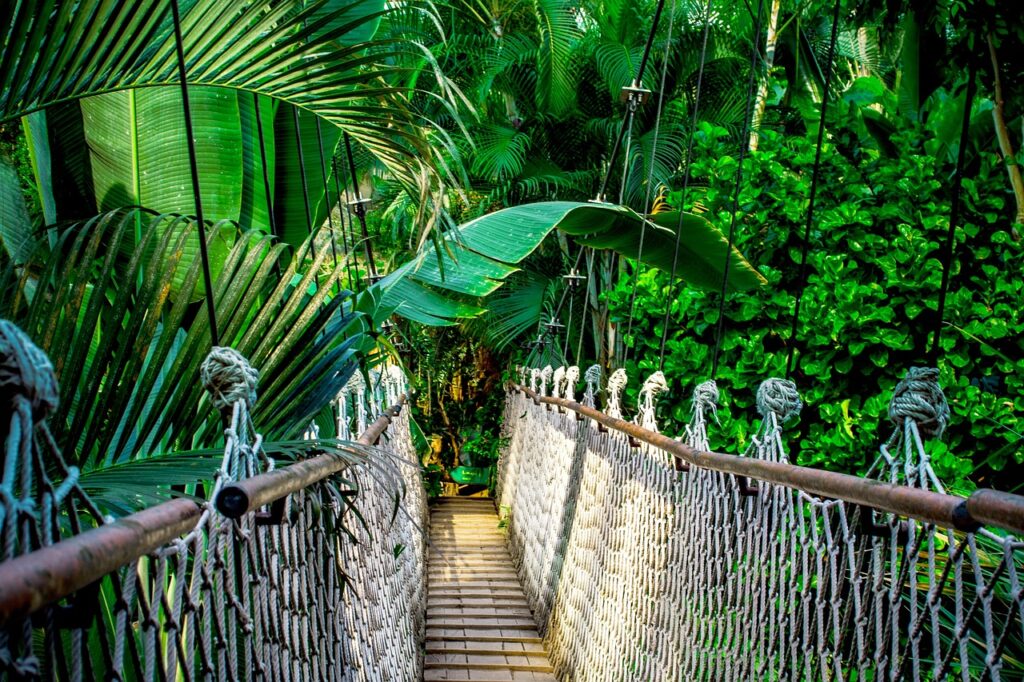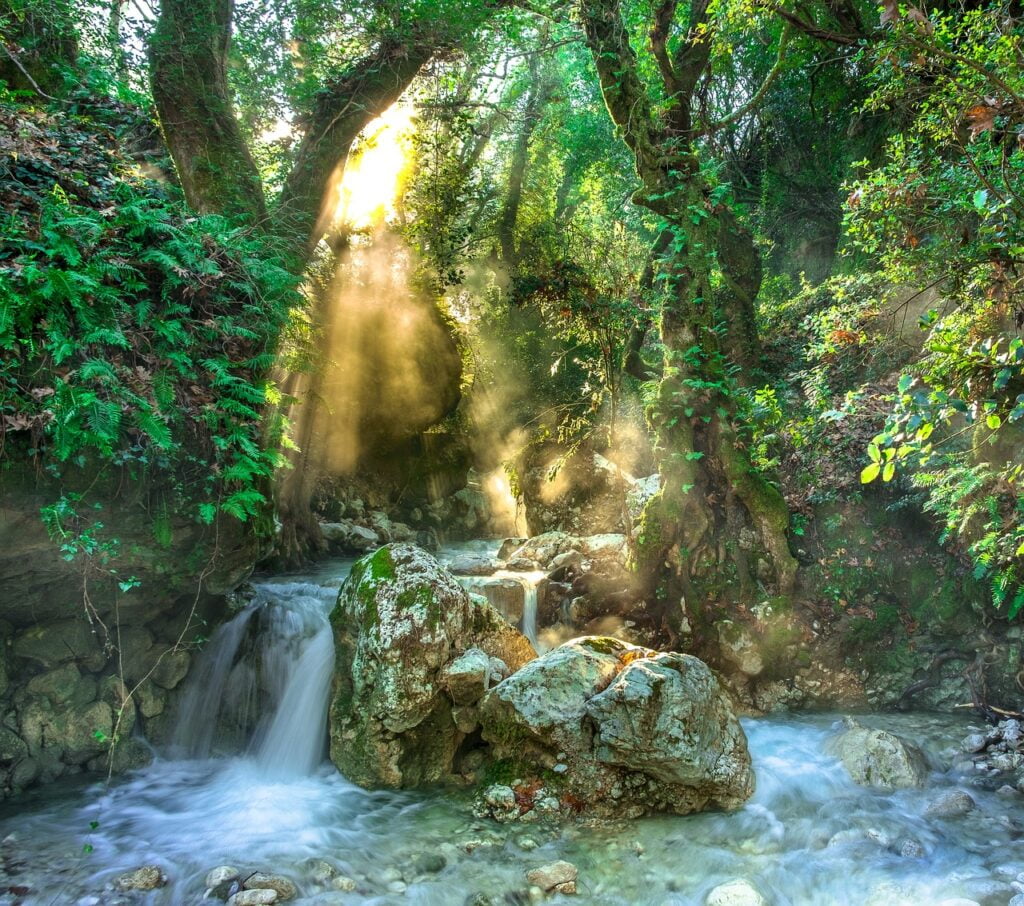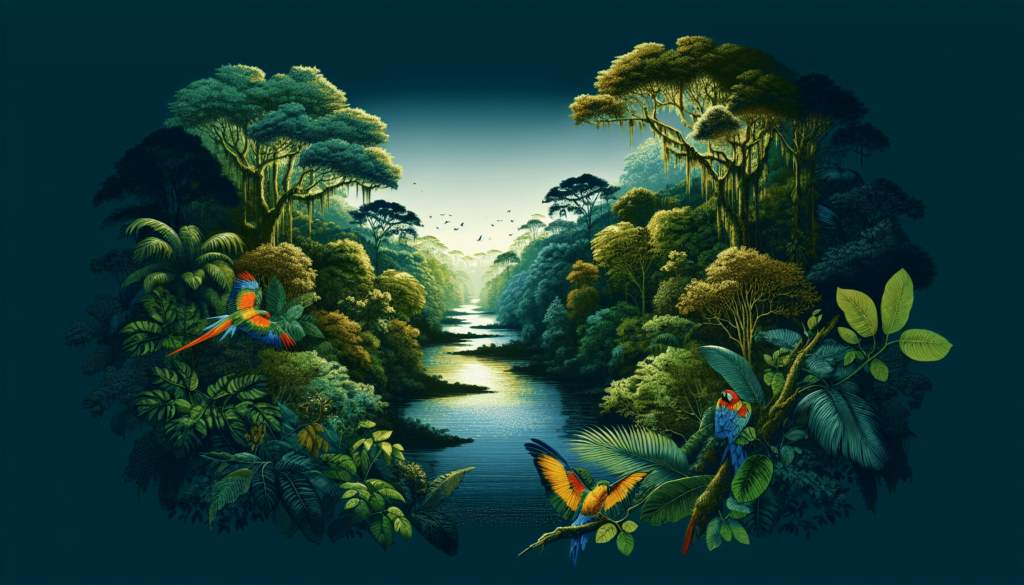In “The Ultimate Guide to Exploring the Amazon Rainforest in Brazil,” the reader embarks on a meticulously detailed journey through one of the world’s most biodiverse ecosystems. This guide provides a rich historical context, tracing the exploration of the Amazon from early indigenous settlers to modern-day adventurers, while also highlighting the current trends in ecotourism and conservation efforts. Key concepts such as biodiversity and ecological significance are clearly defined, ensuring comprehensive understanding.
Through comparative analysis of various ecotourism models and in-depth examples of successful conservation initiatives, the article assesses the multifaceted impact of human interaction with this fragile environment. It concludes with informed predictions about the future of Amazonian exploration and its broader implications for global ecological health, encouraging readers to engage further with this critical topic. Have you ever wondered what it would be like to explore the world’s largest rainforest, teeming with unparalleled biodiversity and hidden wonders? The Amazon Rainforest in Brazil holds the answer to that question and much more.

This image is property of pixabay.com.
Table of Contents
Overview
The Amazon Rainforest, often referred to as the “lungs of the Earth,” is one of the most extraordinary natural environments on the planet. Covering more than 5.5 million square kilometers and hosting around 390 billion individual trees, this vast ecosystem is home to an astonishing variety of flora and fauna. It plays a crucial role in global climate regulation and supports indigenous communities whose cultures and lifestyles have evolved in close harmony with their surroundings. This guide aims to offer insights into exploring this captivating realm, highlighting its relevance and timely significance in our modern world.
Thesis Statement
This comprehensive guide will delve into the manifold aspects of exploring the Amazon Rainforest in Brazil, touching upon its historical background, current trends in ecotourism, key concepts, and a detailed exploration of its rich biodiversity. The article will also examine different viewpoints, discuss future directions, and evaluate the broader implications for conservation and sustainability.
Exploring the Amazon Rainforest
Historical Context
To appreciate the grandeur of the Amazon Rainforest, one must understand its rich historical tapestry. The Amazon basin has been inhabited for at least 11,000 years, with indigenous tribes adapting to and thriving within this dense forest. These communities have developed sophisticated agricultural methods and a deep understanding of the local flora and fauna, passing this knowledge down through generations.
Colonial history brought significant changes to the Amazon. The rubber boom of the late 19th and early 20th centuries had profound impacts on the rainforest and its inhabitants, leading to vast deforestation and exploitation of resources. However, the region remained relatively isolated until the mid-20th century, when infrastructure projects and economic drives began opening it up for further exploration and exploitation.
Key Historical Milestones
| Period | Event |
|---|---|
| Pre-Columbian Era | Indigenous occupation and agricultural systems |
| 19th Century | Rubber boom and initial deforestation |
| Mid-20th Century | Infrastructure projects and economic expansion |
These historical milestones underscore the Amazon’s complex history, from indigenous stewardship to periods of intense exploitation.
Current Trends
In recent years, the Amazon Rainforest has become a focal point for ecotourism and conservation efforts. Increasing awareness of its ecological importance has driven both scientific interest and tourist activities geared toward sustainable exploration.
Ecotourism
Ecotourism is one of the burgeoning trends, offering travelers an opportunity to experience the Amazon’s natural wonders while promoting conservation and providing economic benefits to local communities. Eco-lodges designed to minimize environmental impact, guided tours led by indigenous experts, and wildlife conservation programs are integral facets of this movement.
Technological Advancements
The advent of modern technology has significantly bolstered conservation efforts. Satellite imagery, GPS tracking, and remote sensing techniques enable researchers to monitor deforestation, carbon emissions, and biodiversity patterns more effectively. These technologies are not only aiding in the protection of the rainforest but also enhancing the visitor’s experience by providing richer, more informative tours.

This image is property of pixabay.com.
Key Concepts and Definitions
Understanding the Amazon Rainforest requires familiarity with several key concepts and definitions.
Biodiversity
Biodiversity refers to the variety of life forms in a given environment. The Amazon Rainforest boasts high levels of biodiversity, including thousands of plant species, over 400 billion trees, and myriad animal species such as jaguars, pink river dolphins, and harpy eagles.
Ecosystem Services
The Amazon provides vital ecosystem services such as carbon sequestration, which helps mitigate climate change. It also plays a role in regulating hydrological cycles, supporting agriculture, and maintaining global weather patterns.
Indigenous Rights
Respecting indigenous rights is crucial when exploring the Amazon. Indigenous peoples have a symbiotic relationship with the forest, contributing to its preservation through traditional practices. Their ancestral lands are often threatened by deforestation and developmental pressures, making the recognition and protection of their rights imperative.
Detailed Exploration
The sheer vastness and complexity of the Amazon Rainforest necessitate a detailed, segmented exploration to fully appreciate its diversity and significance.
Flora and Fauna
Plant Life
With over 40,000 plant species, the Amazon Rainforest is a botanist’s paradise. Key flora includes the Brazil nut tree, known for its nutrient-rich seeds, and various medicinal plants that indigenous communities have utilized for centuries.
Animal Life
Home to around 2.5 million insect species, over 2,000 bird species, and some of the most unique mammals and reptiles on Earth, the Amazon’s animal biodiversity is staggering. The jaguar, an apex predator, and the anaconda, one of the largest snakes, are just a few of the iconic species inhabiting this region.
Human Interaction
Indigenous Communities
Over 300 indigenous communities live within the Amazon, each with its own distinct language and cultural practices. Their deep knowledge of the forest’s ecosystem is invaluable for both ecological research and sustainable tourism.
Conservation Efforts
Numerous non-governmental organizations (NGOs) and international bodies are active in Amazon conservation. Their efforts include anti-deforestation campaigns, wildlife protection, and sustainable development projects to support local communities.

This image is property of pixabay.com.
Comparison of Different Perspectives
Various stakeholders have different perspectives on the Amazon Rainforest. Indigenous peoples view it as their ancestral home, scientists see it as an invaluable research site rich in undiscovered knowledge, and governments and corporations often view it as a resource for economic development.
Impact Assessment
The differing perspectives have wide-ranging impacts. For instance, while scientific research has led to significant ecological discoveries and conservation strategies, industrial activities such as logging and mining have resulted in deforestation, habitat loss, and diminished biodiversity.
Future Directions and Implications
Exploring future directions and implications is essential to understand how current trends might shape the Amazon Rainforest in years to come.
Predictions
With rising global awareness of climate change and biodiversity loss, the future of the Amazon will likely see an intensification of conservation efforts. Technological advancements will continue to enhance research and monitoring capabilities, offering hope for more effective management of this precious ecosystem.
Implications
The broader implications of these trends are far-reaching. Sustainable tourism and conservation efforts can offer economic benefits to local communities while preserving the rainforest’s ecological integrity. However, failure to curb deforestation and exploitation could have devastating consequences, exacerbating climate change and biodiversity loss on a global scale.

Conclusion
Recap
This article has provided an in-depth exploration of the Amazon Rainforest in Brazil, from its historical background and current trends to key concepts and differing perspectives. Through detailed examination and examples, we have highlighted both the rich biodiversity and the profound impact human activities have had on this unique ecosystem.
Final Thought
As you ponder the vast and intricate world of the Amazon Rainforest, consider how your actions and choices—whether as a traveler, consumer, or advocate—can contribute to its preservation. The survival of the “lungs of the Earth” depends on collective responsibility and concerted efforts to protect this irreplaceable natural wonder.
Engagement
We encourage readers to comment, share their experiences, and explore more resources on the Amazon Rainforest to foster a deeper understanding and appreciation of this extraordinary ecosystem.
Credible Sources
- Brazil Nut Tree – Encyclopedia Britannica: www.britannica.com
- Harpy Eagle Facts – National Geographic: www.nationalgeographic.com
- Rainforest Biodiversity – WWF: www.worldwildlife.org
- Indigenous Communities and Conservation – Amazon Conservation Association: www.amazonconservation.org
- Satellite Monitoring of Deforestation – NASA Earth Observatory: www.earthobservatory.nasa.gov
Exploring the Amazon Rainforest in Brazil offers not just a journey through a magnificent ecosystem, but a profound insight into the delicate interconnections that sustain life on our planet.
Explore the wonders of the wild on a safari adventure in South Africa
